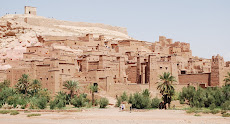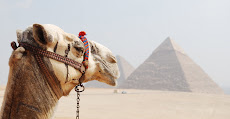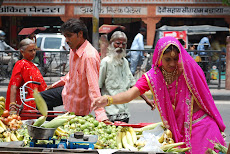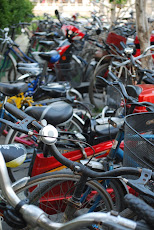At the center of every ancient Mughal palace is the Diwan-i-Am, or Hall of Public Audiences. This is where the emperor would accept petitions from the people and hear the grievances of the members of his society. This was a place where people came to air their laundry, expose their issues and beliefs. It was the physical heart of their civilization, and the epicenter of private affairs made public.
This ancient practice of full disclosure, this freeness with sharing the soft and vulnerable under-tissue of the self, must have fully permeated Indian society centuries ago. In today’s India, there are no blockades, no robes to cover and hide the truth. Every piece of beauty is yours to touch, just as every bit of pain is yours to feel. Beauty and pain: sometimes they are so tightly bound together they mesh into one, impossible to separate, impossible to discern. One becomes the other, like death and rebirth.
From the back of the rickshaw, I peered over our driver’s bony shoulder and spotted a herd of people in the middle of the road. Thirty, maybe forty men collectively shuffled their feet as if in a trance. As the three-wheeled vehicle sped closer to the men, and swerved to the right to avoid the caboose of the crowd, I realized their chanting was loud enough to rise above the pitchy whine of the rickshaw. Now beside the crowd, I could see they were all focused on the same thing. Their eyes were fixed to a gurney, hoisted high in the air by the biggest men in the group. Time suddenly moved in slow motion, the whizzing by of blurry objects became clear, and I saw the object of their attention—a deceased woman, dressed in a regal sari, and covered in heaps of pink flower petals. This was her final march to cremation.
A mother and child intercepted our path. The child was so young, so new to the Earth, that he had only looked upon the world he was born to that very day. He still bled from his navel. Pink and wrinkled, his skin was silently screaming at the undiscriminating sun. He clung to his mother—probably trying to find a way back inside—and she clung to him, with the instincts of an animal. She was magnificent. Her green eyes, dancing and sparkling, seemed to be colored from the same dye as her sari. Sun-kissed hair fell lightly across her perfect brow and down to the tip off her golden-pierced nose. Her scarlet lips, curled in a smile for her baby, revealed a charmingly crooked set of teeth. Ornately tattooed with henna cobwebs, her hand was a flyswatter for the infant’s head. When his hand is strong enough, he will take over as the swatter of his own flies. He will be swatting flies from his head for a lifetime. He is born to the street. Yet, as they teeter there together in the Diwan-i-Am, in the most public of audiences, they are the perfect embodiment of new life, an idyllic symbol of the wonder of recreation.

























No comments:
Post a Comment